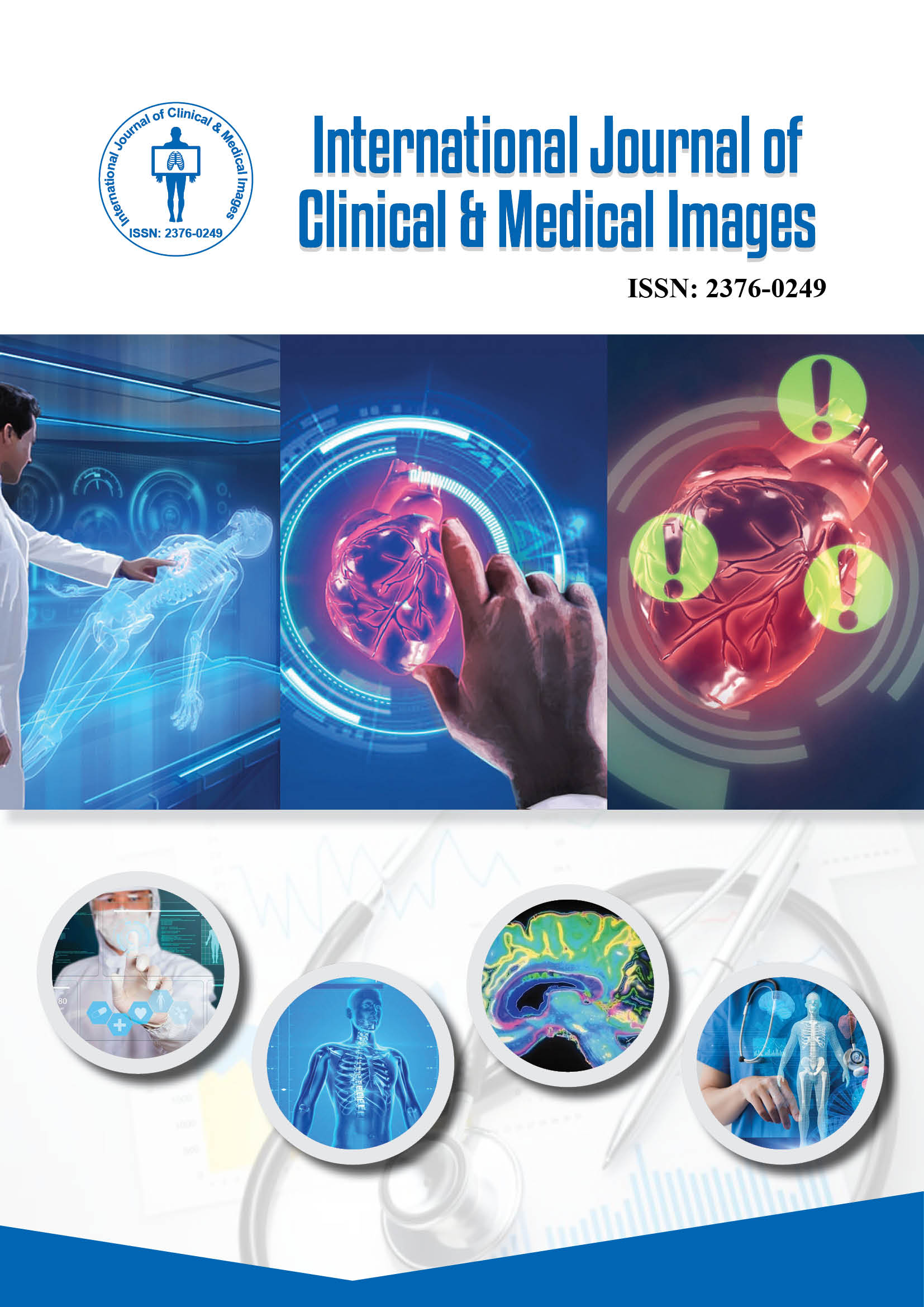2376-0249
Clinical-Medical Image - International Journal of Clinical & Medical Images (2022) Volume 9, Issue 10
Author(s): Alves Ayadi*
Department of Cardiology, University of Calgary, Canada, USA
Date of Submission: 03 October 2022, Manuscript No. ijcmi-23-88667; Editor assigned: 05 October 2022, Pre QC No. P-88667; Reviewed: 18 October 2022, QC No. Q-88667; Revised: 21 October 2022, Manuscript No. R-88667; Published: 28 October 2022, DOI: 10.4172/2376-0249.1000855
Citation: Ayadi A. (2022) Distal Embolization during Mechanical Thrombectomy in Acute Stroke. Int J Clin Med Imaging 9:855.
Copyright: © 2022 Ayadi A. This is an open-access article distributed under the terms of the Creative Commons Attribution License, which permits unrestricted use, distribution, and reproduction in any medium, provided the original author and source are credited.
The occlusion of an artery in the brain, leading to hypo perfusion of the involved tissues, causes a stroke. Acute stroke management is centered on re-vascularizing arteries swiftly, and an early complete recanalization of the occluded artery is a strong predictor of favourable functional outcomes in patients with acute ischemic stroke. Intravenous thrombolysis and endovascular thrombectomy have deeply redesigned the management of acute ischemic stroke, although stroke remains a leading cause of death and long-term disability. The thrombus features represent a critical factor for successful reperfusion, although fast and complete reperfusion is also related to other factors such as vessel anatomy and technical struggles. The study of thrombus composition is an interesting research field because it may provide some insights into thrombotic mechanisms and may also have potential therapeutic relevance. However, thrombus composition can be studied only after the completion of thrombectomy; thus, thrombus imaging biomarkers obtained before thrombectomy constitute important factors capable of predicting thrombectomy recanalization efficacy. Neuroimaging may provide some indirect insights about thrombus features.
Several studies evaluated acute brain computed tomography (CT) imaging to assess thrombus characteristics, and these features were demonstrated to be useful imaging biomarkers for clot characterization, stroke pathogenesis, and outcome prediction. Although several factors may influence distal embolization risk, thrombus histopathological and radiological features along with patients’ clinical features may concur to clot formation, fragmentation process, and embolization risk. Thrombus permeability reflects the ability of soluble molecules to move within the gaps among adjacent platelets, fibrin filaments, and red blood cells, and clinical and preclinical studies have shown that thrombus permeability may influence the resistance of the thrombus. We performed a retrospective analysis of a prospectively maintained dataset of a comprehensive tertiary stroke center inclusive of all cases of endovascular treatment for acute ischemic stroke. We included patients with the following characteristics: (1) age ≥18 years, (2) large vessel occlusion (LVO) involving the internal carotid artery (ICA) terminus and M1 segment of the middle cerebral artery (MCA), (3) acceptable image quality on NCCT and a multiphase CTA (mCTA) with arterial and venous phases, and (4) patients who underwent thrombectomy resulting in almost complete reperfusion (TICI 2b/3) [1,2].
All patients underwent NCCT and mCTA at baseline. All eligible patients received IV rt-PA according to standard guidelines; patients underwent mechanical thrombectomy when mCTA showed an LVO. Endovascular procedures were performed under general anaesthesia or conscious sedation at the discretion of individual intervention lists. Mechanical thrombectomy was performed with a stent-retriever and proximal guide catheter aspiration, direct contact aspiration, or a combination of stent-retriever and distal aspiration. Baseline demographic, clinical, radiological, procedural, and histological variables were recorded. Regarding patients’ baseline data, we considered age, gender, smoking, diabetes, hypertension history, and AF. Distal embolization was defined as the presence of distal branch occlusion of the same vascular territory or new vascular territories during thrombectomy.
Thrombectomy; Distal embolization; rt-PA
[1] Nogueira RG, Liebeskind DS, Sung G, Duckwiler G. (2009) Predictors of good clinical outcomes, mortality, and successful revascularization in patients with acute ischemic stroke undergoing thrombectomy: Pooled analysis of the Mechanical Embolus Removal in Cerebral Ischemia (MERCI) and Multi MERCI Trials. Stroke 40: 3777-3783.
Google Scholar, Crossref, Indexed at
[2] Benjamin EJ, Muntner P, Alonso A, Bittencourt MS. (2019) Heart disease and stroke statistics - 2019 update: A report from the American Heart Association. Circulation 139: e56-e528.
 Awards Nomination
Awards Nomination

